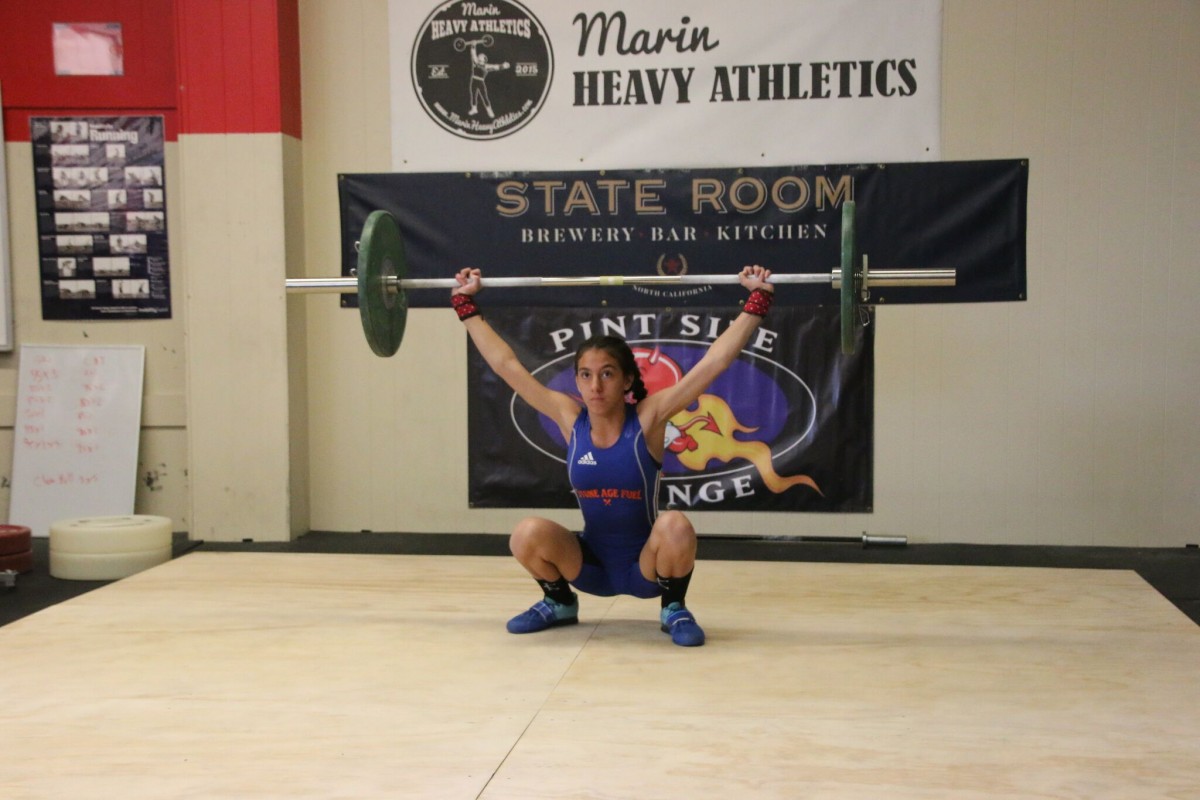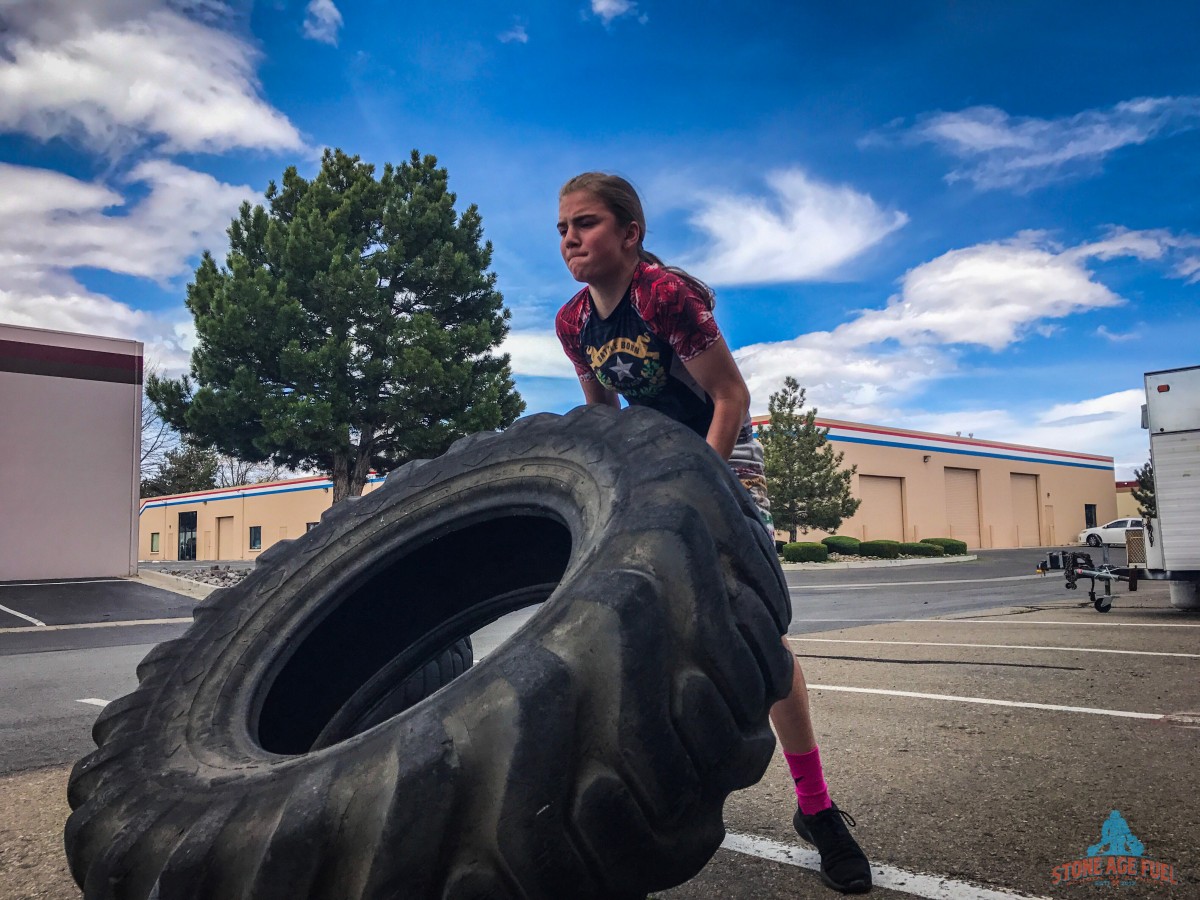Youth Strength Training….Risky or Just Misunderstood?
Strength training is often regarded as the quickest way to make sure your children do not grow, stop eating their vegetables and take up a life of crime, but is this reputation warranted? Are kids really not designed for load bearing movement? Or have we fallen victim to believing anything we hear?
With this post, we will delve into how kids grow, what happens when they are exposed to weighted movements, common misconceptions and much more! Without further ado, lets get this party started with some growth plate talk!
Growth plates in children are areas of developing cartilage tissue near the ends of long bones; they are softer than the nearby bone and the surrounding connective tissue. Growth in children does not occur from the center out; instead, growth occurs at the end of the bone around the growth plate. The big misconception is that injuries to the growth plates will stunt or stop growth while the actual statistic puts growth related issues in only 1%-10% of growth plate related issues and these do not stem from strength training. These issues occur from sudden traumatic falls.

Growth plate injuries are uncommon in strength training and weight bearing movements. In fact, growth plate injuries are most common in high impact sports such as football, basketball, gymnastics, and cheerleading where a sudden impact to the area often occurs. These sports account for 1/3 of all growth plate injuries. Another 1/5 of growth plate injuries occur in activities like skiing and skateboarding where sudden traumatic falls can occur.
Strength training can benefit children in many different ways including:
- Increase a child’s muscle strength and endurance
- Help protect a child’s limbs and joints from sports related injuries
- Strengthen a child’s bones
- Promote overall health and wellness
- Improve confidence and self-esteem
- Neuromuscular coordination
So what is a good approach to get your child in a strength training program? First, find a good coaching staff with training and experience working with children. Ideally, this coaching staff will have a skill based strength training program that takes the child from learning the proper movement patterns with little to no weight to developing strength and eventually adding weight. The program should also include plenty of core/abs/low back work to ensure that the child develops strength in the key movement area of the body. The child’s coaching staff should also be made aware of how much children are training or doing other sports outside of the strength training program so that they can prepare an adequate program for the child.
At StoneAgeFuel our youth Weightlifters spend 4 weeks learning and drilling key positions for all weighted movements with a PVC pipe and developing strength in the core/abs/low back. This ensures that the children will be capable of the movements and will have the strength to successfully perform them. The next 4 weeks are devoted to more core/ab/low back work, more complicated movement drilling, squatting and pressing with 10lb-15lb training bars. The final 4 weeks are devoted to learning the Weightlifting movements under a very light load with emphasis on maintaining perfect technique. All of this is relative to age, ability levels, and strength as our youth range in age from 5-17.
This is one of our Youth Weightlifters (11 y/o) doing some light drilling and working on squat positioning:





